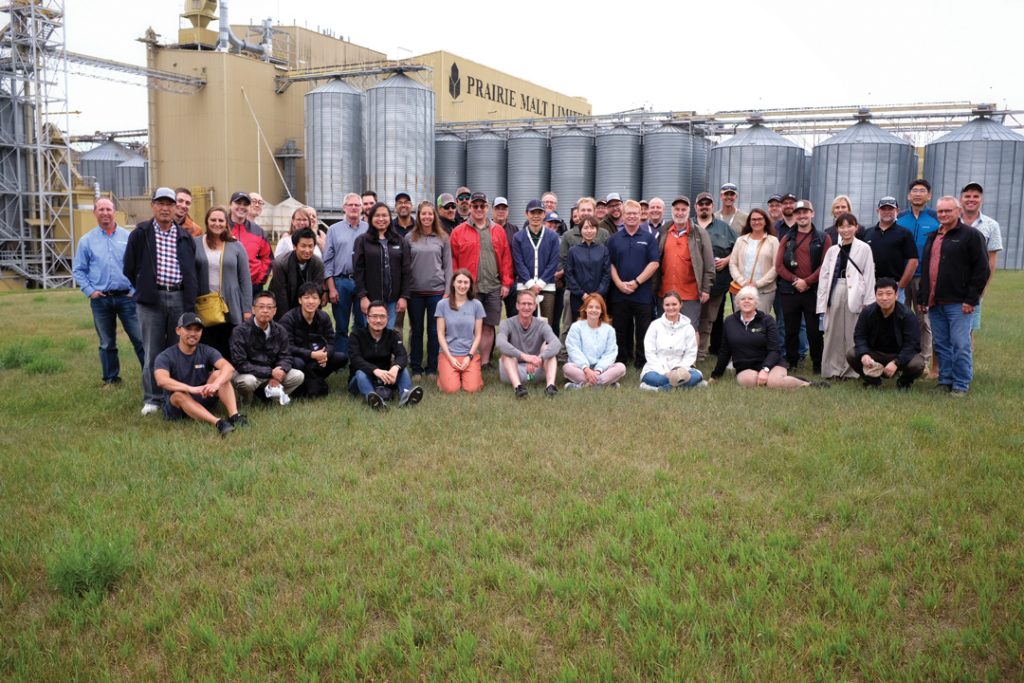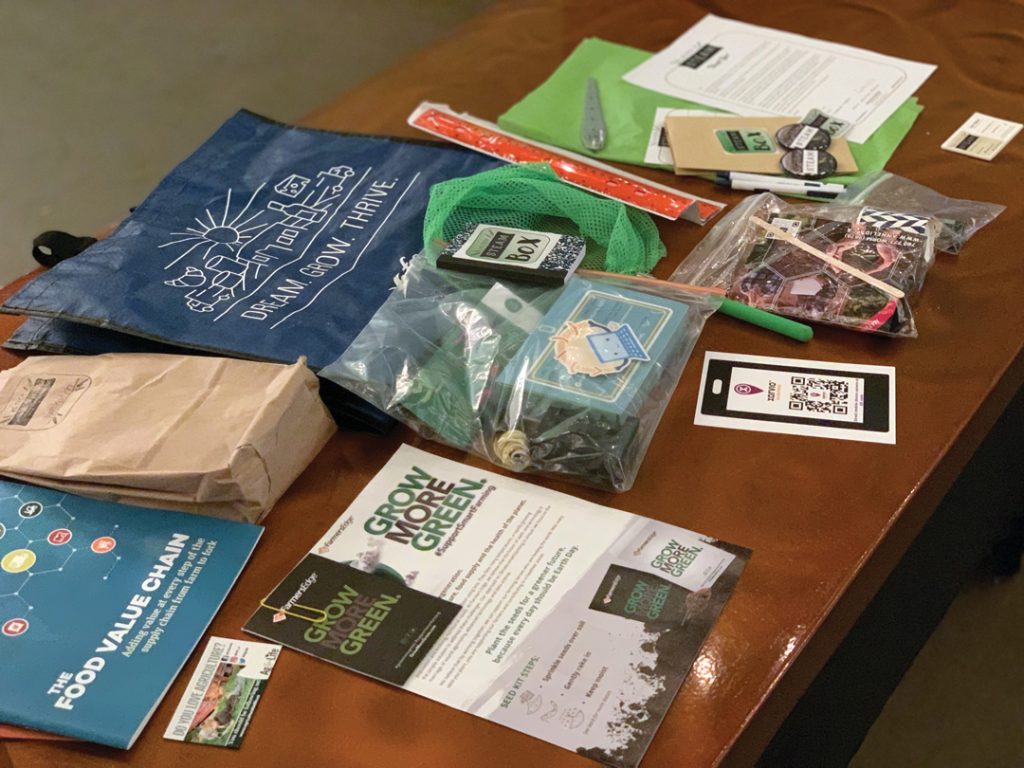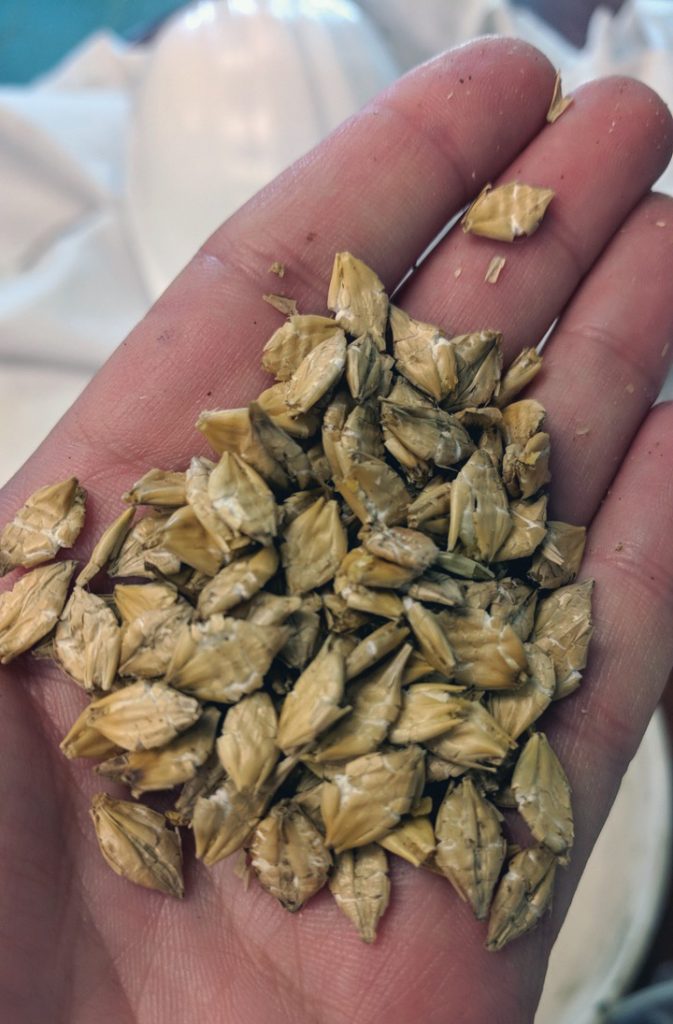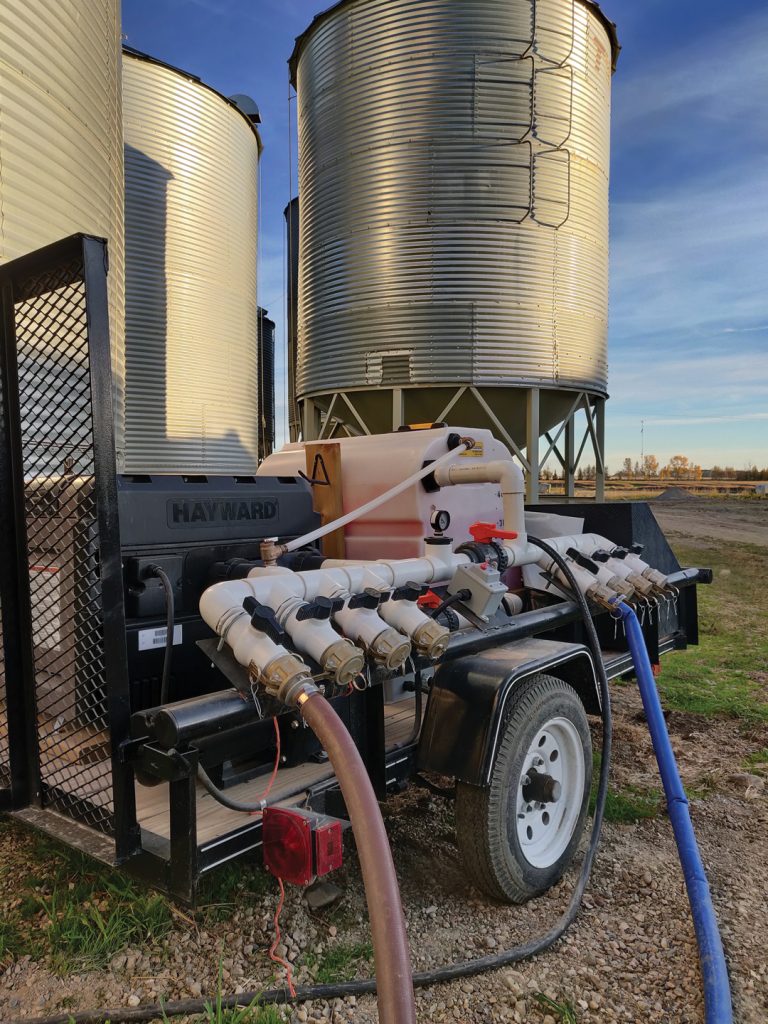ALL THINGS ARE NEVER EQUAL
Grain and oilseed market analysis should boil down to two questions: How much did farmers produce, and how much was consumed? This leaves a residual, which is the gap between total supply and total demand. The larger the residual (ending stocks) the more pressure on prices and vice versa. A fundamentals-driven analyst would look closely at the magnitude (big/little) and direction (up/down) of ending stocks and be able to discern price direction. Unfortunately, for farmers and consumers, macroeconomics and geopolitical aspects matter and often dominate the determination of prices.












